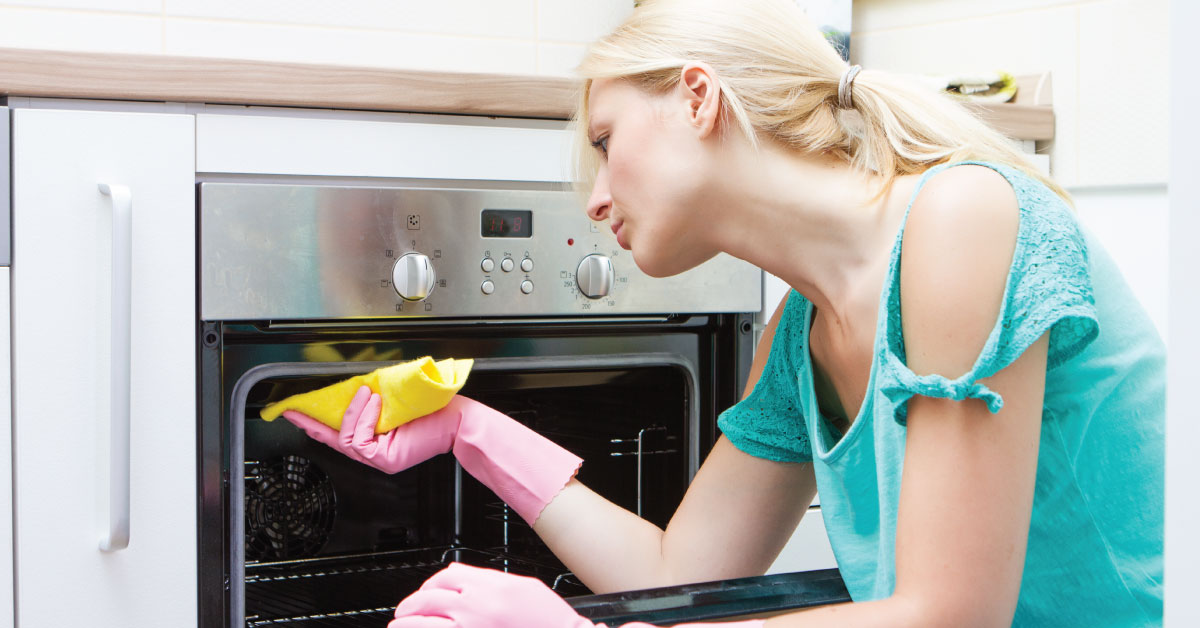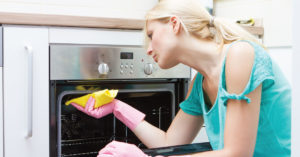
20 Apr Transforming confinement into a spring-cleaning operation
It’s spring-cleaning season and, let’s face it, with the situation we find ourselves in now, many of us will never again have this much time to tackle all these tasks. We usually procrastinate and postpone them because we are always too busy.
Fridge and freezer
Fridge
Cleaning the fridge and freezer is a big job, but you can be certain you’ll be very proud of it when you’re done.
For general maintenance of the interior of your fridge or freezer, we suggest a 50% dilution of white vinegar and hot water, followed by drying with a clean cloth.
In the case of a really dirty fridge, you can also use very small amounts of bleach.
Once you’re done, place a container of baking soda in the fridge or freezer to contain bad odors. Change every three months.
Freezer
After unplugging the freezer and removing all food – which will be placed in bins in a cool place – it’s time to defrost the device by simply leaving the door open. Defrosting can take several hours.
You can speed up the defrosting process by placing a large container of hot water in the freezer and closing the door. The heat and steam from the water will do the work. The water will need to be changed several times.
Once all the ice and frost have melted, it’s time install a basin to collect the water and open the freezer’s drain.
For cleaning, proceed in the same way as for the fridge. Then close the freezer door, plug it back in and let the appliance run for 2 to 4 hours before putting the frozen food back in.
Stove and oven
Sprinkle the surface of your stove with baking soda, then scrub with a damp sponge and rinse. Finish by wiping the surface with a microfiber cloth.
If you decide to clean the oven, first clean the racks with warm water and dish soap. If soap is not strong enough, you can mix half a cup of baking soda (125 ml) and 3 tablespoons (45 ml) of water. Please only use on stainless steel grids only. This solution can damage the aluminum ones.
For cleaning the inside of the oven, here are some suggestions:
- Extract the juice from two lemons and place the skins in a pan in the oven for half an hour at 300º C. Then clean the walls with a damp cloth.
- Moisten the walls of the oven with a baking soda paste and let sit for three hours. Then, wipe with a damp sponge to remove stains.
Tips:
- Avoid dirtying your oven by placing aluminum foil on the bottom rack.
- Clean your oven regularly to prevent residue and rust from accumulating and to prevent unpleasant odors.
Dishwasher
A well-maintained dishwasher works better. To determine if it needs to be cleaned, check for unpleasant odors when you open the door and check the condition of the dishes after washing. If you notice limestone deposits, detergent or food residue, then your dishwasher is certainly dirty.
Here is a simple method to descale the machine: Pour 6 tablespoons of citric acid or 2 large cups (about 250 ml) of white vinegar directly into the dishwasher tub. Then run the machine empty.
After this cleaning, you can use your machine normally.
Washer and dryer
People rarely think of cleaning their washer and dryer. However, to maintain their effectiveness, they should be frequently maintained.
To remove limestone deposits in the washer, use two cups of white vinegar and a tablespoon of baking soda and run a cycle without clothes.
The dryer lint filter, on the other hand, should be cleaned after each drying and it is recommended to dislodge residue from the flexible hose, located behind the dryer, which also tends to accumulate lint.
In closing, if you lack the courage to do all these tasks, think about the satisfaction and pride you will gain from it.
Jackie Beaudoin, Leclerc Insurance and Financial Services




